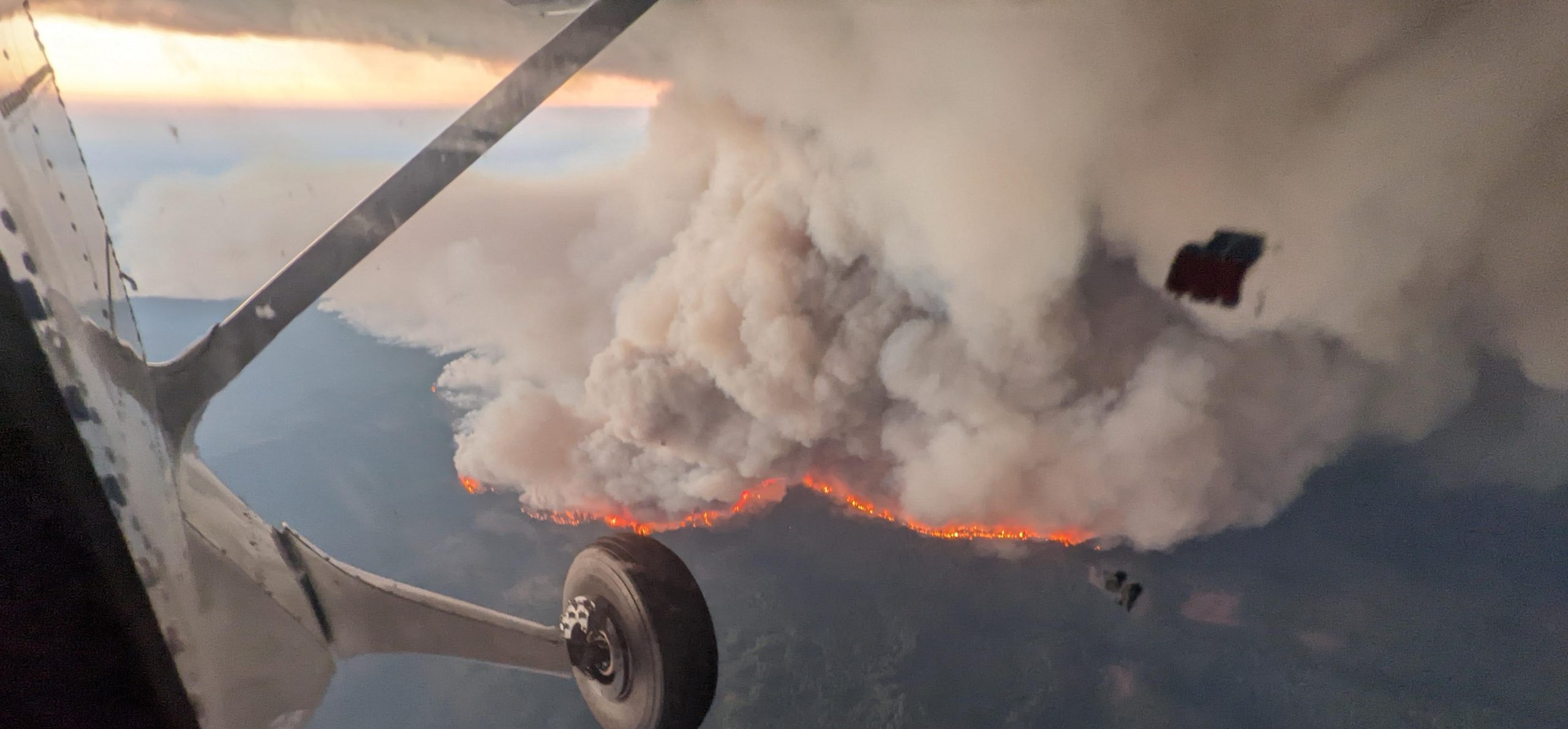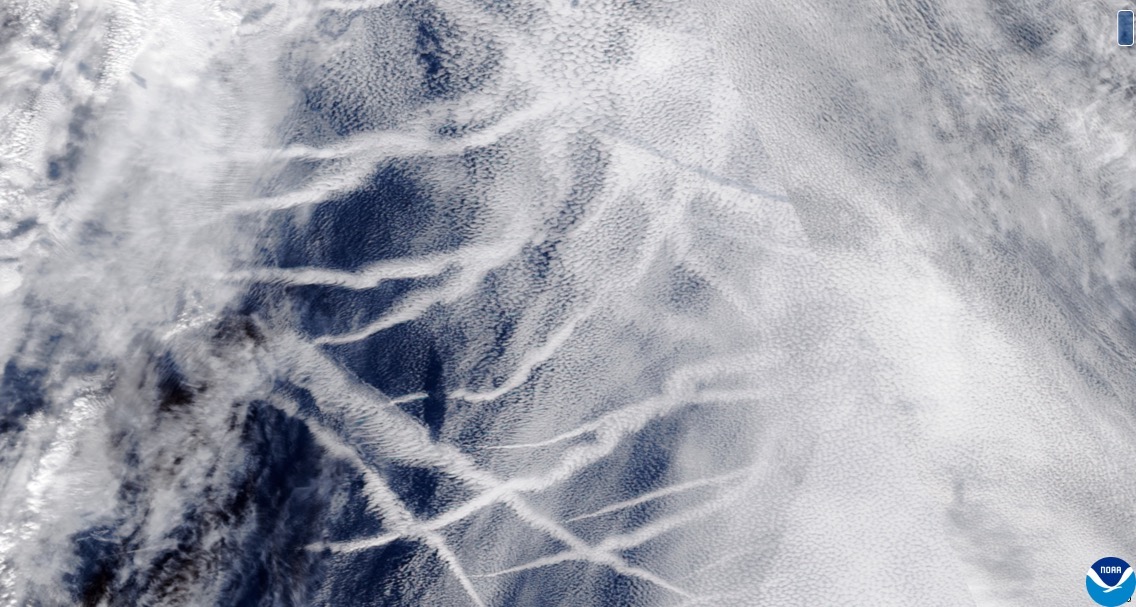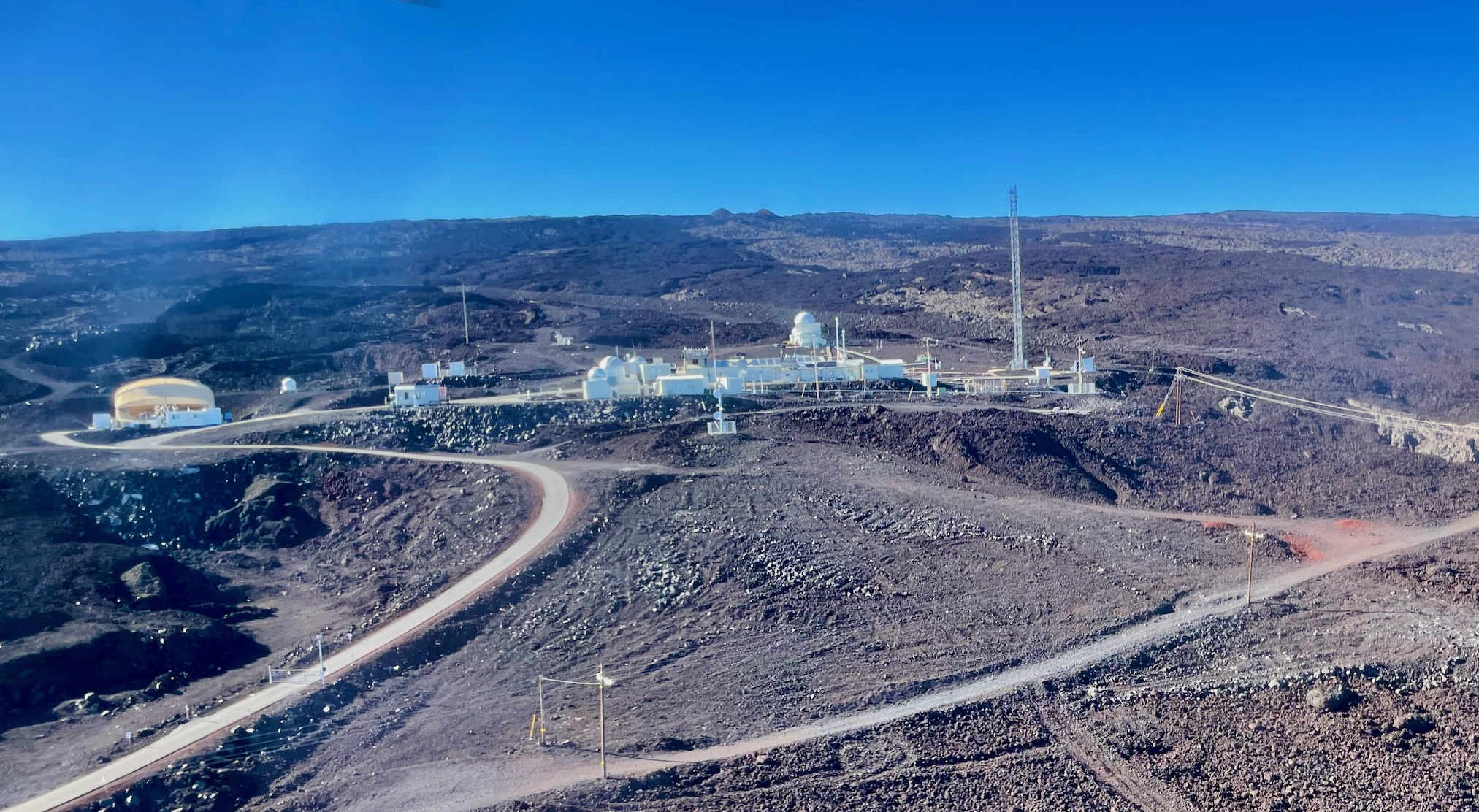For scientists studying summer sea ice in the Arctic, it’s not a question of “if” there will be nearly ice-free summers, but “when.” And two scientists say that “when” is sooner than many thought — before 2050 and possibly within the next decade or two.
Scroll to Top
Popup Call to Action
A prompt with more information on your call to action.



